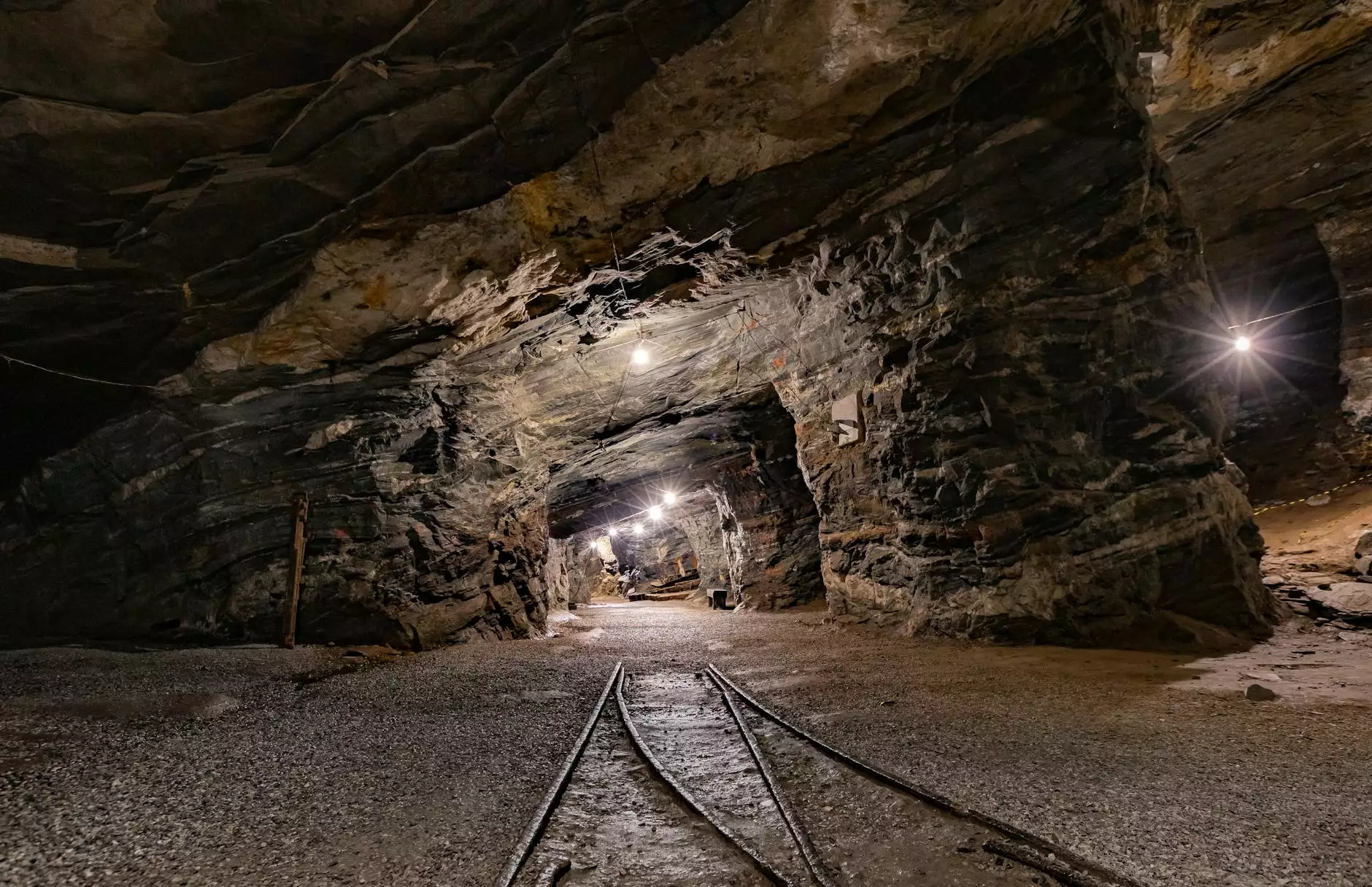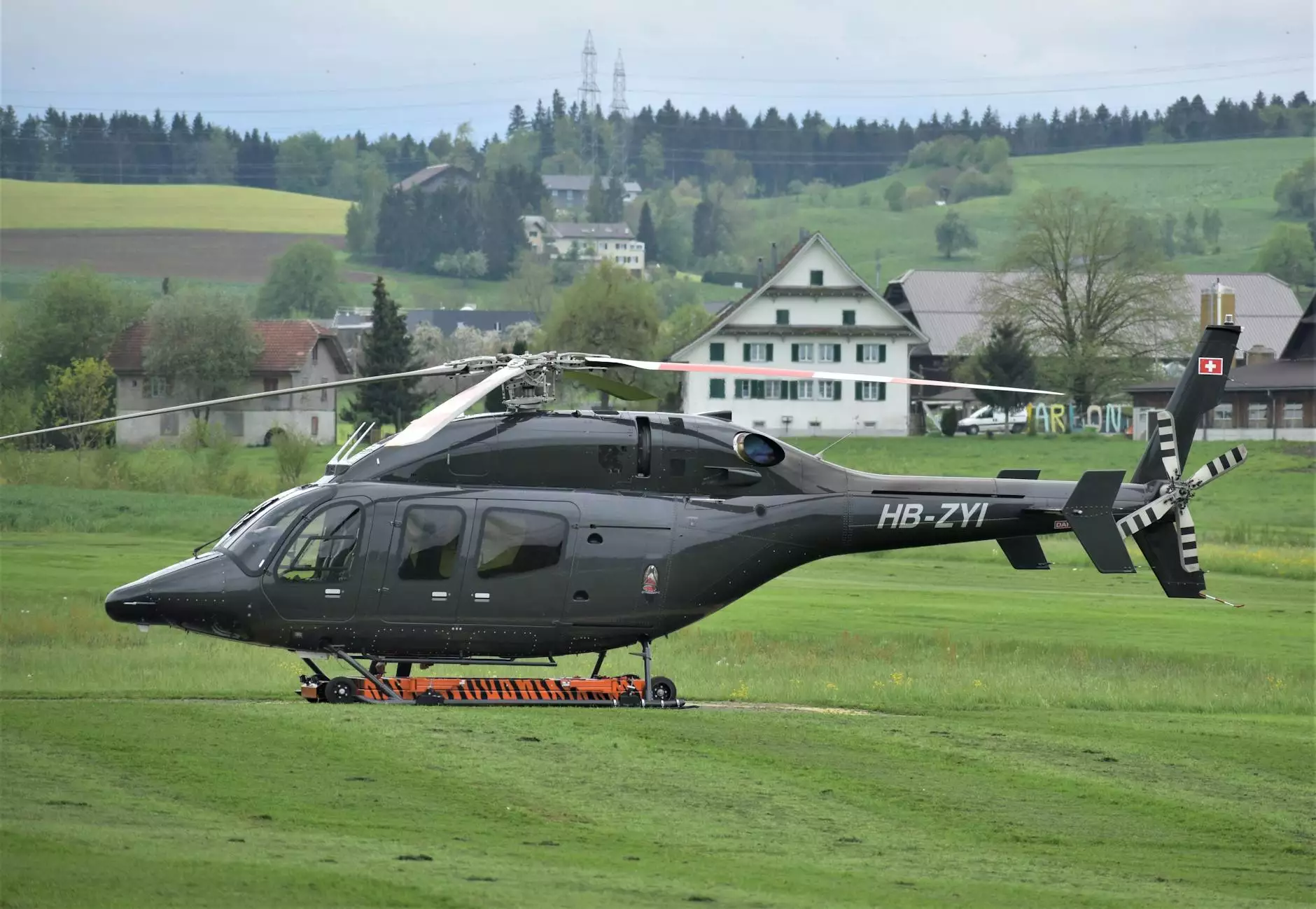The Industrial Location Model: A Comprehensive Guide for Architects and Business Professionals

The Industrial Location Model is a fundamental concept in urban planning and industrial business strategy, focusing on the optimal placement of industries to maximize efficiency and profitability. Understanding this model is essential for architects and urban planners, as it not only influences the physical layout of industrial sites but also affects economic outcomes and community development.
What is the Industrial Location Model?
The Industrial Location Model seeks to explain the factors that influence the geographical distribution of industries across different regions. Developed by economists such as Alfred Weber in the early 20th century, the model provides a framework to analyze site selection based on transportation costs, labor availability, and market accessibility.
Key Components of the Industrial Location Model
Several factors significantly shape the industrial location in a specific area. Here are the key elements that architects and business professionals should consider:
- Transportation Costs: The expenses incurred in moving goods and raw materials play a pivotal role. Industries typically prefer locations with lower transportation costs to enhance their competitive edge.
- Labor Availability: The availability and skill level of the workforce in a region can determine the location choice. Proximity to educational institutions can be beneficial.
- Market Accessibility: Easy access to markets and customers is vital. Businesses often prefer locations that minimize delivery time and costs.
- Raw Material Proximity: Industries that rely on bulk raw materials may locate close to sources to reduce transportation costs.
- Government Policies: Local regulations, taxes, and incentives can greatly influence industrial location decisions.
Historical Context of the Industrial Location Model
To appreciate the significance of the Industrial Location Model, one must consider its historical development. In the early 1900s, industrialization marked a shift from agrarian economies to manufacturing powerhouses. Alfred Weber introduced the concept, emphasizing minimization of costs related to transportation and labor, which became foundational for industrial geography.
Weber's model highlights the importance of triangular trade-off between transportation costs, labor costs, and the proximity to markets, combining these factors to determine the optimal location for industrial activity. As industrial practices evolved, so too did the model, adapting to modern contexts and technologies.
Applications of the Industrial Location Model
The applicability of the Industrial Location Model spans various industries. Here are some areas where this model plays a critical role:
1. Manufacturing Industries
Manufacturers utilize the model to identify locations that minimize costs while ensuring proximity to both suppliers and customers. For instance, automotive companies often establish facilities near suppliers to ensure efficiency in the supply chain.
2. Technology Sector
In the technology sector, the choice of location impacts access to talent and venture capital. Areas like Silicon Valley exemplify how location can foster innovation and growth within tech industries.
3. Logistics and Distribution
For logistics companies, the Industrial Location Model is crucial. Locations that offer strategic transportation hubs—like ports, airports, and major highways—are highly sought after.
4. Renewable Energy
With the rising focus on sustainability, renewable energy projects are increasingly considering environmental factors alongside traditional costs. The model helps in determining optimal locations for wind farms or solar parks, factoring in aspects such as sunlight availability and wind patterns.
The Role of Architects in Industrial Location Planning
Architects play a vital role in interpreting and implementing the Industrial Location Model. Their expertise helps translate strategic location decisions into functional and efficient designs. Here are some ways architects contribute:
- Site Analysis: An in-depth site analysis helps in understanding the geographical and environmental characteristics of potential locations.
- Infrastructure Planning: Architects collaborate with planners to design infrastructure that aligns with the industrial location model, ensuring easy access and utility placement.
- Flexibility in Design: Contemporary industrial designs prioritize adaptability, allowing businesses to scale operations according to market needs.
- Integration of Sustainability: Incorporating sustainable practices within architectural designs respects the environment and enhances operational efficiency.
Case Studies Demonstrating the Industrial Location Model
Real-world examples illustrate the impact of the Industrial Location Model. Here are a few notable case studies:
Case Study 1: The Automotive Industry
Detroit, known as the Motor City, is a historical example where transportation access and proximity to labor fueled the automotive industry. The Industrial Location Model effectively explains the widespread establishment of assembly plants, keeping transportation costs low and labor availability high, ensuring efficiency.
Case Study 2: Silicon Valley
Silicon Valley serves as a prime case for the technology sector, where the combination of skilled labor, venture capital, and a robust network of suppliers creates an ecosystem conducive to innovation. The location's appeal lies not only in its resources but also in a collaborative environment that fosters creativity.
Case Study 3: Centralized Distribution Hubs
Amazon has transformed logistics with strategically placed distribution centers that minimize delivery time. By analyzing market accessibility, Amazon locates its centers within fast reach of major urban areas, demonstrating the practical application of the Industrial Location Model in modern commerce.
Challenges and Considerations in Implementing the Industrial Location Model
While the Industrial Location Model provides a well-structured approach, there are inherent challenges in its implementation:
- Dynamic Market Conditions: Rapid changes in market demands and consumer behavior can render established models less applicable.
- Technological Advancements: The rise of e-commerce and digital marketplaces reshapes traditional industrial distribution, requiring ongoing adaptation of location strategies.
- Environmental Regulations: Stricter regulations around environmental impacts can limit the choices available for industrial location.
The Future of the Industrial Location Model
The Industrial Location Model continues to evolve with modern demands, integrating innovative technologies such as geographic information systems (GIS) and data analytics. These technologies enhance the decision-making process by providing valuable insights into geographic trends, consumer behavior, and resource availability.
As industries seek to become more sustainable, the model will increasingly factor in environmental impacts and corporate social responsibility, reshaping how architects and urban planners approach industrial site selections.
Conclusion
In conclusion, the Industrial Location Model remains a cornerstone concept for architects and business professionals alike. By understanding and applying the principles of this model, stakeholders can make informed, strategic decisions that optimize industrial efficiency and ensure robust economic development. The collaboration between architects and industrial planners will be pivotal in navigating future challenges and opportunities, creating environments that foster growth, sustainability, and innovation.
For more insights and resources related to industrial design, visit architectural-model.com.









